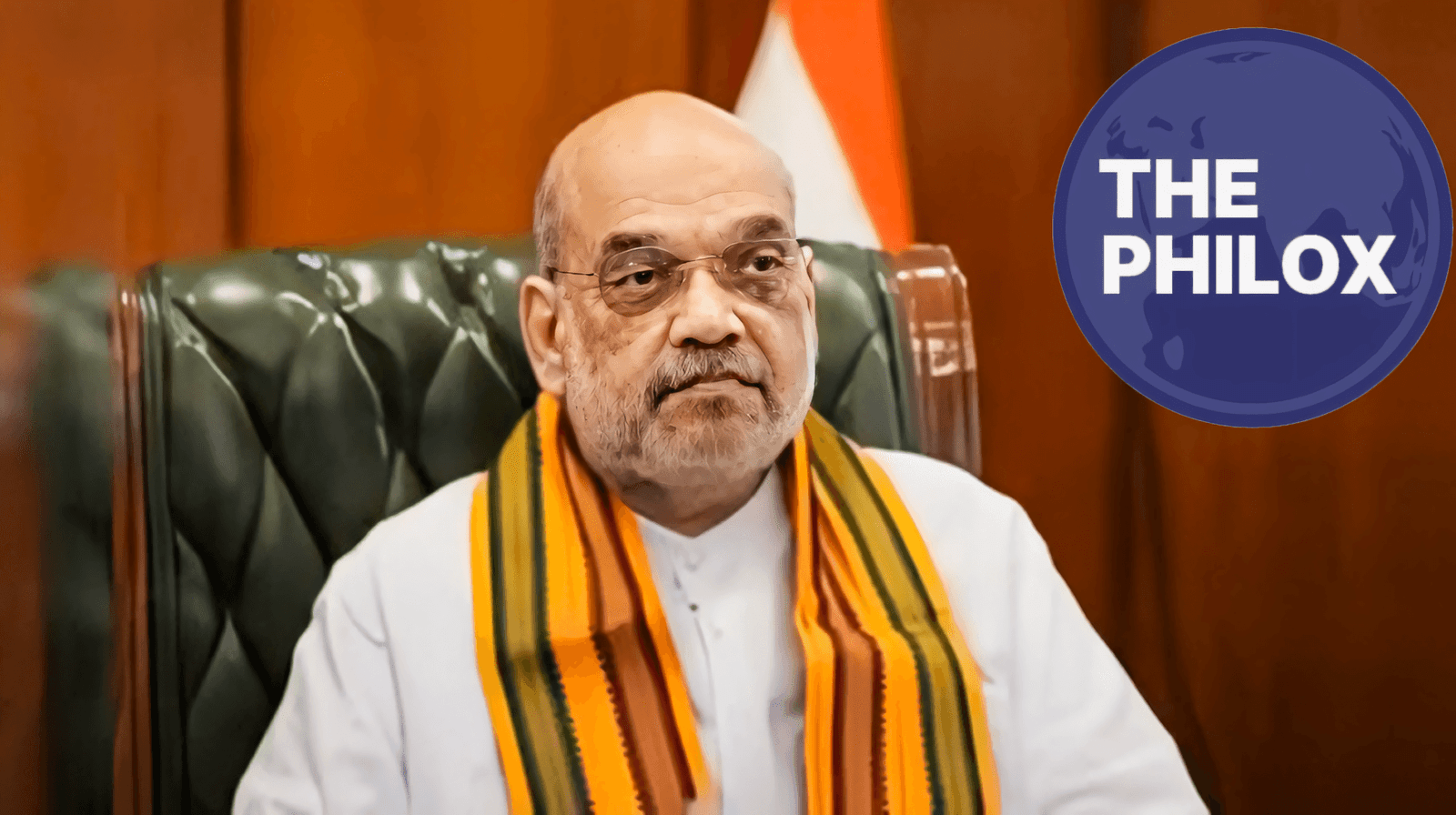
March 19, 2025 — New Delhi Regarding the planned visit of six Supreme Court judges to Manipur on March 22, 2025, Union Home Minister Amit Shah has voiced great misgivings.
Shah claimed at a news conference in New Delhi at 8:00 AM IST that the elected legislature and executive, not the court, is in charge of resolving the continuous situation in Manipur.
His comments have started a national discussion on the three branches of government’s separation of powers.
Over Manipur Crisis, Shah Asserts Legislative and Executive Authority
Shah underlined in the press briefing that legislative and executive branches cover problems pertaining to law and order, humanitarian relief, and crisis management in Manipur.
He maintained that court interventions, including the scheduled visit, violate obligations lawfully assigned to elected officials and the executive branch of the government.
Shah cited a high-level conference he oversaw on March 1, 2025, where he gave security forces orders to guarantee people’s free flow and bring the state under normalcy once violence had disrupted it.
He reaffirmed the government’s dedication to handle the continuing humanitarian situation and the executive’s active participation in crisis resolution.
The Home Minister also highlighted conversations on the relief and rehabilitation initiatives in Manipur taken place on March 12, 2025, inside a parliamentary committee meeting.
Shah claims that these debates show how the legislature is already handling the matter, therefore reducing the need for additional judicial intervention.
Involvement of Judiciary and the Justice Gita Mittal Committee
From the ethnic violence breaking out in May 2023, the Supreme Court’s intervention in Manipur has been notable.
The apex court recently decided to prolong the term of the Justice Gita Mittal committee on March 17, 2025, therefore enabling continuous monitoring and control of relief and rehabilitation efforts for the victims.
Originally assigned to make sure persons affected by the violence get suitable help and legal support, the committee
Six Supreme Court judges’ planned visit is to evaluate the living conditions in the relief camps where thousands of displaced persons still find refuge.
This visit is seen as a part of the court’s larger dedication to guarantee that areas under conflict have legal and humanitarian systems maintained in line.
Shah argues, however, that such direct court action blurs the borders between the obligations of other levels of government.
“The situation in Manipur is being managed through the suitable channels—by elected representatives and administrative authorities,” he said. “The court’s engagement in operational matters oversteps its constitutional mandate.”
Background of the Manipur Crisis: Humanitarian fallout from ethnic violence
May 2023 saw Manipur’s crisis start as ethnic violence erupted amongst several communities and caused general upheaval.
Over 200 people have died and thousands of families have been displaced as a result of the war; many of these families now live in temporary relief camps.
With several agencies urging concerted measures to restore peace and offer sufficient help, the violence has generated major national and worldwide concern.
The central government insists that by means of both security operations and humanitarian actions, it is actively handling the problem. The court has intervened so to guarantee that relief actions are carried out successfully and fundamental rights are maintained.
Discussion of Separating Powers Sharpens
Shah’s remarks have spurred a more general discussion on the constitutional theory of separation of powers, which defines the roles of the executive, legislative, and court systems.
While some contend the court is vital in safeguarding citizens’ rights, particularly in humanitarian emergencies, others contend judicial intrusions in administrative affairs could compromise the power of elected officials.
Lawyers disagree on the matter. Some contend that when the executive is seen as failing, the court has a proper role in guaranteeing responsibility and safeguarding of basic rights.
Others warn that court overreach might upset the balance of powers and compromise democratic institutions’ operation.
“The court has an obligation to protect vulnerable populations, but it must also be conscious of its constitutional boundaries,” said a top legal researcher.
The issue is whether the court is overreaching its authority or filling in a void left by the government.”
Government Constant Efforts to Bring Normalcy Back
Shah criticizes the behavior of the court, but the government keeps pushing policies meant to bring Manipur back to normal.
Following the March 1, 2025 high-level conference, the Ministry of Home Affairs gave security forces orders to step up activities to uphold law and order and guarantee the free flow of people all throughout the state.
Under the direction of the parliamentary committee, which keeps an eye on the execution of reconstruction projects, relief activities have also been hastened.
Shah underlined that the administration is dedicated to bring back normalcy and assist people impacted by the violence by means of administrative and legislative channels.
Future Consequences of Judicial Visit
Should the Supreme Court judges’ intended visit go as expected, it might create a legal precedent for next judicial supervision in other problem areas.
The executive sees a challenge to its constitutional power while the court contends that its involvement is driven by humanitarian considerations.
Viewers are closely observing how the matter will develop since it begs important issues concerning inter-branch relations and the suitable level of court supervision in administrative affairs.
The result could affect further cases in which the court tries to become involved in issues usually under government control.
Manipur stays a symbol of the intricate interaction between law, government, and human rights in the meantime—an continuing test of how democratic institutions negotiate crises while preserving the careful equilibrium of power.








